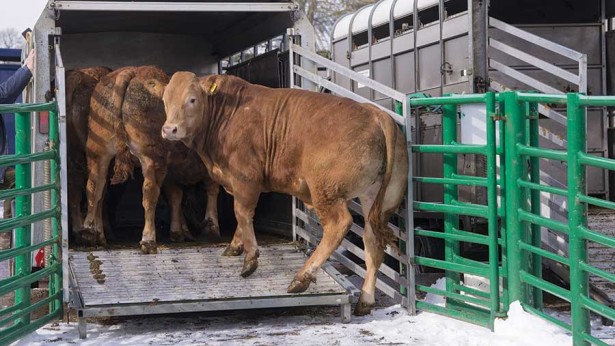Animal Transporters Should Be Aware Of Risks Posed By Hot Weather
The Department of Agriculture, Environment and Rural Affairs (DAERA) has reminded farmers and hauliers to take extra care to protect livestock when transporting them during warm weather.
Exposure to high temperatures and humidity is a major threat to animal welfare during transport and poses a serious risk during the summer months. Failure to take account of high temperatures when planning journeys, in addition to a lack of adequate contingency plans, can cause suffering to animals.
There are a number of steps required to avoid unnecessary suffering of animals during transportation:
- Handle the stock as little as possible and avoid disturbance during loading, carriage and unloading.
- Inspect the animals frequently for signs of heat stress (e.g. open mouth breathing; high respiration rate; sweating).Make sure that all animals have access to fresh water or electrolyte solutions.
- Reduce the loading density by at least 30%, especially in the hotter parts of the vehicle. These are normally the front compartments (near the cabin) and the upper decks of the vehicle. Make sure that there is enough space for all animals to regulate their body temperatures. Animals will overheat if packed together too tightly.
- Increase the internal height above the animals to maximise air movement and increase air exchange.
- Spray the vehicle with water to cool it down.
- Consider transporting animals at night, even on short journeys, to avoid the hottest hours of the day.
- Always park in the shade, ideally with the vehicle positioned across the prevailing wind.
- Turn on the fan ventilation of the vehicle when it is parked.
- Use a vehicle with a light-coloured roof to reflect away some of the sun’s heat.
- Plan journeys very carefully in order to avoid any delay, such as at road works, diversions and border crossings.
Contingency plans should be in place for every journey, and are particularly important in hot conditions as delays such as traffic jams, vehicle breakdowns etc, which might be relatively insignificant under normal conditions, can become critical very quickly. Drivers should be able to recognise signs of heat stress in animals and take appropriate action.




